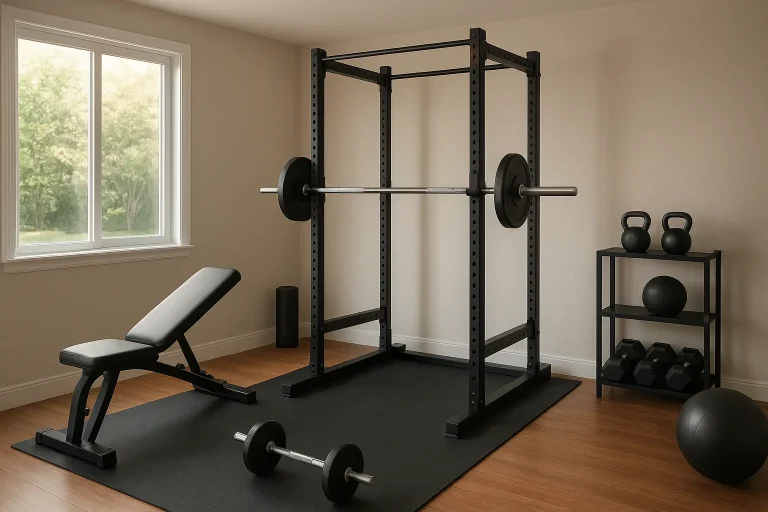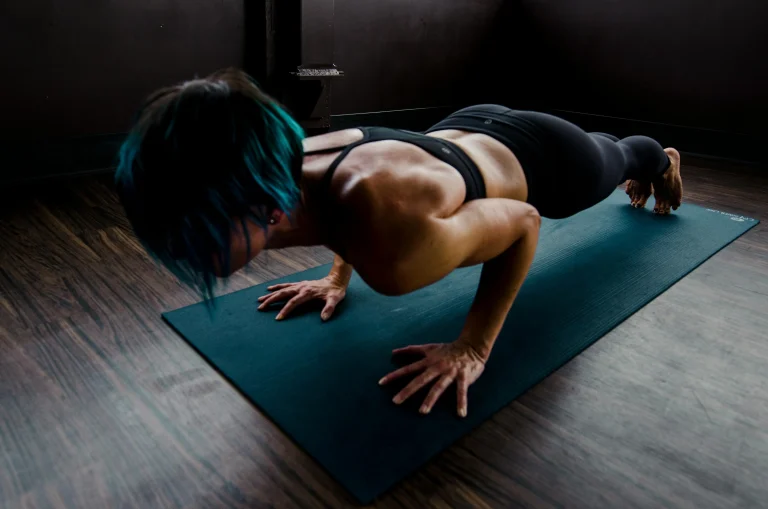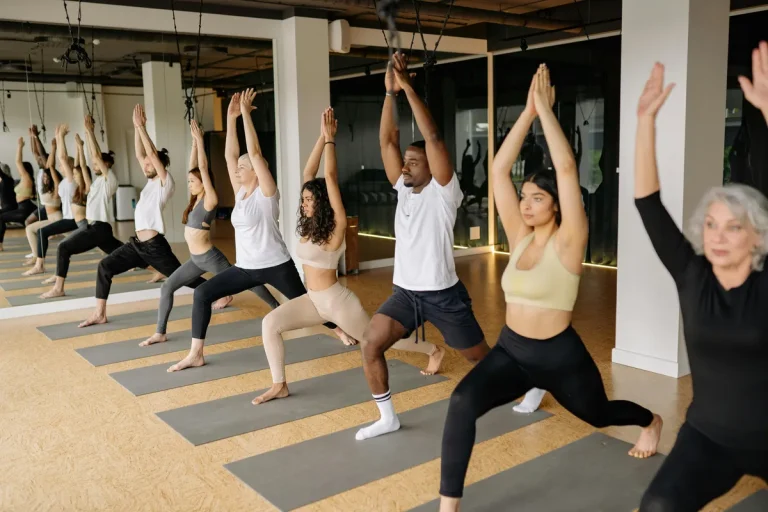Recovery isn’t just about taking a day off — it’s about how you spend that time. When your workout’s done and your muscles are talking back, two go-to recovery methods usually come up: foam rolling and stretching. Both promise better mobility, less soreness, and faster bounce-back. But which one does your body actually need?
Truth is, it depends. Your goals, your training style, and how your body feels all play a role. Let’s break down what each method does, when to use it, and how to make recovery work for you — without wasting time or chasing trends.
What Foam Rolling Actually Does
Foam rolling is a type of self-myofascial release. It targets the fascia — the connective tissue around your muscles — and helps ease tension, boost blood flow, and loosen tight spots.
Benefits of foam rolling:
- Improves short-term range of motion
- Reduces muscle soreness after workouts
- Enhances circulation and tissue hydration
- Preps muscles for movement by stimulating receptors
When to use it: Before workouts to get your body moving, or after tough sessions to calm things down. It’s especially useful for areas that feel knotted or stiff — like your quads, IT bands, or upper back.Your Weekly Wellness Boost
Real Talk: Foam rolling shouldn’t feel like punishment. If you’re wincing through it, ease up. Slow, gentle rolling works better than brute force.
What Stretching Actually Does
Stretching helps lengthen muscles and improve flexibility. There are two main types:
- Static stretching: Holding a position for 20–60 seconds
- Dynamic stretching: Moving through full range of motion in a controlled way
Benefits of stretching:
- Boosts long-term flexibility
- Improves joint mobility
- Relieves muscle stiffness
- Supports posture and movement
When to use it: Dynamic stretching is great before workouts. Static stretching works best after training or on rest days to release tension and help you relax.
Real Talk: Stretching isn’t just about muscles — it’s about your brain learning to move in new ways. That’s why consistency matters more than how deep you go.
Foam Rolling vs Stretching: Which Is Better?
Here’s the deal: they’re not rivals — they’re teammates. Foam rolling works on fascia and your nervous system. Stretching targets muscle length and joint mobility. Together, they give you a fuller recovery picture.
| Goal | Best Tool | Why It Works |
|---|---|---|
| Ease soreness | Foam rolling | Boosts circulation and eases tension |
| Improve flexibility | Stretching | Lengthens muscles and increases range |
| Prep for training | Dynamic stretching + foam rolling | Warms up tissue and activates movement |
| Recover post-training | Static stretching + light rolling | Calms nervous system and restores balance |
Real Talk: Think of foam rolling as the “unlock” and stretching as the “expand.” One loosens things up, the other helps you move better.
How to Build a Recovery Routine That Works
You don’t need to spend half an hour rolling and stretching every day. A smart routine can take 10–15 minutes and still do the job.
Sample Recovery Flow (Post-Workout or Rest Day):
- Foam Roll (5–7 mins): Quads, hamstrings, glutes, upper back
- Static Stretch (5–8 mins): Hip flexors, hamstrings, chest, calves
- Breathwork (2 mins): Deep nasal breathing to calm your system
Tips for success:
- Stick with it — recovery adds up over time
- Focus on tight or overused areas
- Use your breath to guide intensity — if you’re holding your breath, back off
- Go slow — it works better than rushing
Real Talk: Recovery isn’t flashy. But it’s the behind-the-scenes work that keeps you going strong.
Common Mistakes to Avoid
Recovery tools only help if you use them right. Watch out for these missteps:
- Rolling too fast or too hard: Can irritate tissue and make things worse
- Stretching cold muscles: Always warm up before static stretching
- Ignoring breath: Shallow breathing limits recovery
- Overdoing it: More isn’t always better — quality matters
Real Talk: Your body speaks through tension and fatigue. Recovery is about listening, not forcing.
Final Thoughts: Recovery Is Personal
Foam rolling and stretching aren’t magic fixes. They’re tools — and like any tool, they work best when used with intention. The real secret? Pay attention to what your body responds to and build a routine that fits your life.
Some days, a few minutes of gentle rolling is enough. Other days, a deep stretch and breathwork session might be just what you need. The goal isn’t perfection — it’s progress. And recovery is where that progress begins.






